
Grains are an excellent source of energy, a good source of fibre and provide the starch that should make up at least a third of our diets. Most people don’t eat enough starch. Wholegrains, as near to their original form as possible, slow down the digestion of starches. They help to prevent spikes in blood sugar levels.
Why are grains good for you?
Starchy foods ought to make up at least a third of your diet. Most people don’t eat enough, despite them being a good source of energy, fibre, calcium, iron and the all-important B vitamins.
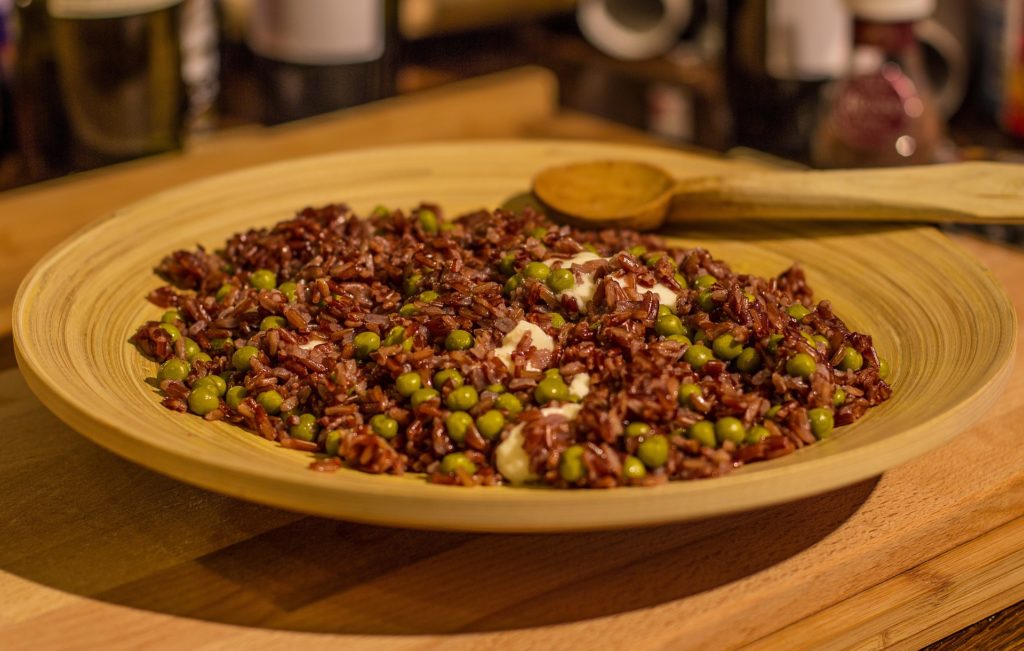
Wholegrain consumption can help reduce hypertension and obesity. They can also provide a significant decrease in risk factors for cardiovascular health and type II diabetes.
Even better is that they’re also very tasty! Move beyond bland white rice to some of the many other great options. Try perking up your soups or stews by adding some rye grain. Or replace your rice with spiced quinoa or bulghar.
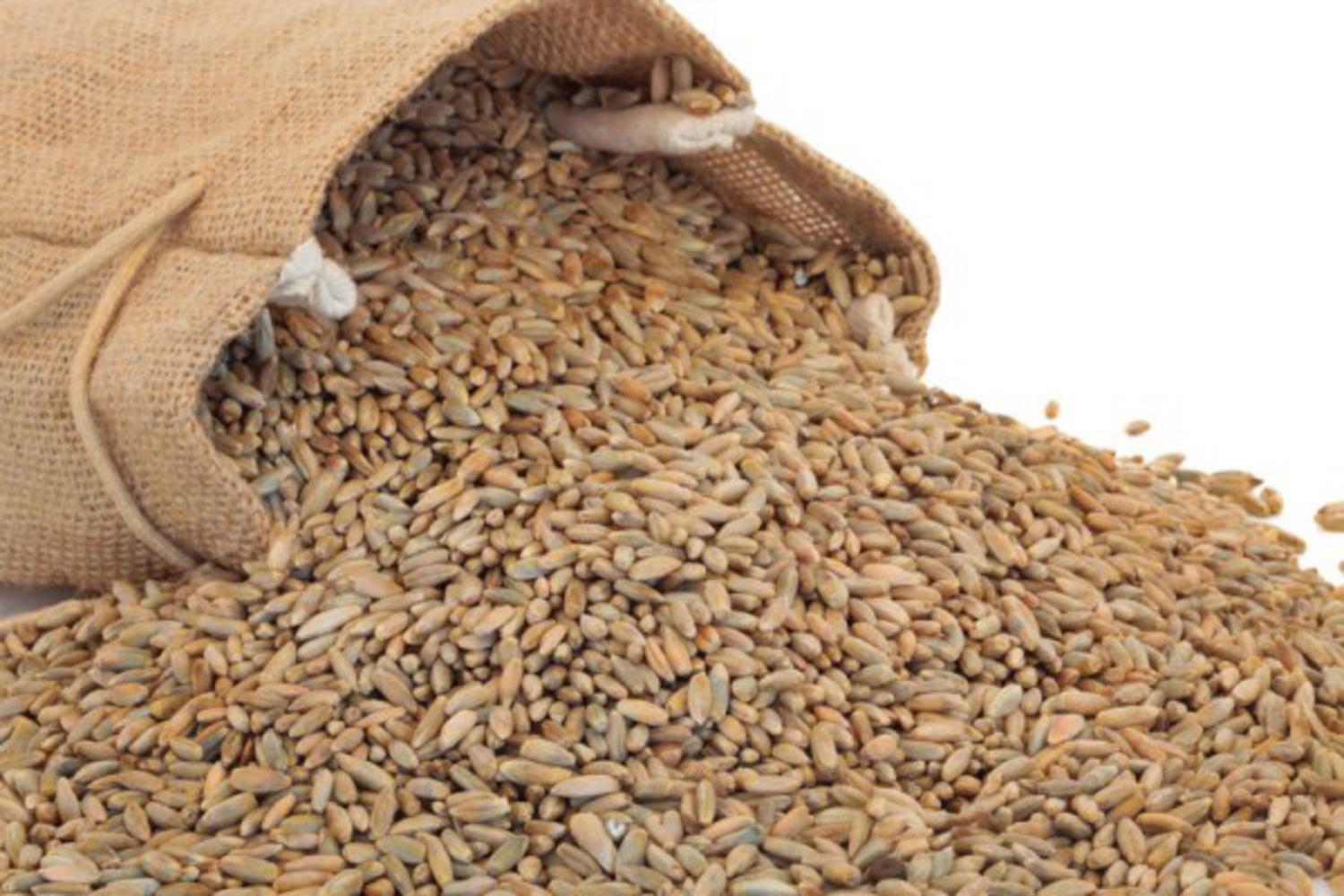
How Can We Help?
Did you know it is not just corn that pops? Why not try out all the different popping grains and find your favourite?
We have a wide range of grains available to buy, packed in Real Foods environmentally-friendly cellulose bags. Real Foods have been using these bags for years and they have stood the test of time. Buy them with confidence, knowing that you buying top quality, highly nutritious food, and also helping the environment. The food you need without the plastic you don’t need!
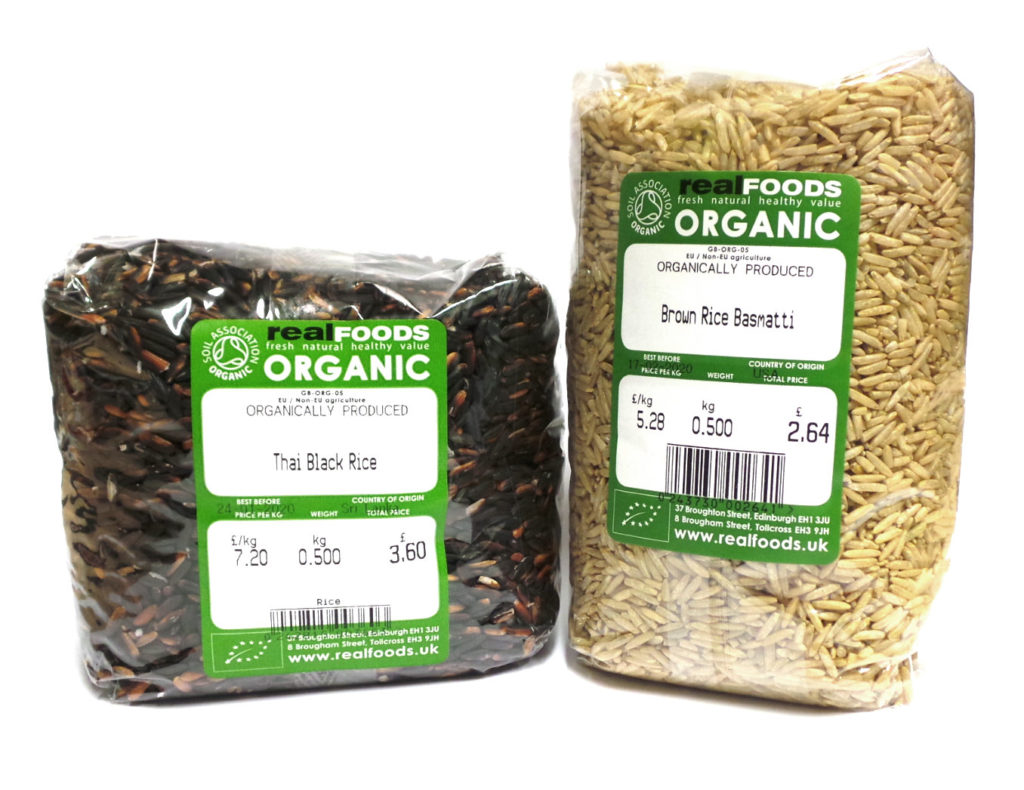
Available in sizes up to 1kg, you will find that you can get the best price by buying larger sizes.
Read on to learn more about the different grains you can buy online at Realplasticfree.com
Amaranth
Some History
Part of the Aztec diet for more than 8000 years, Aztecs would collect Amaranth seeds in the wild. As well as eating the grains, they used them to make flour for baked images of their gods during festivals and for tributary payments. These grains are packed with protein, vitamins and minerals. They have been a staple part of the diet of many cultures. A versatile food to be used in many recipes. Recommended by the World Health Organisation and used in the NASA space program.
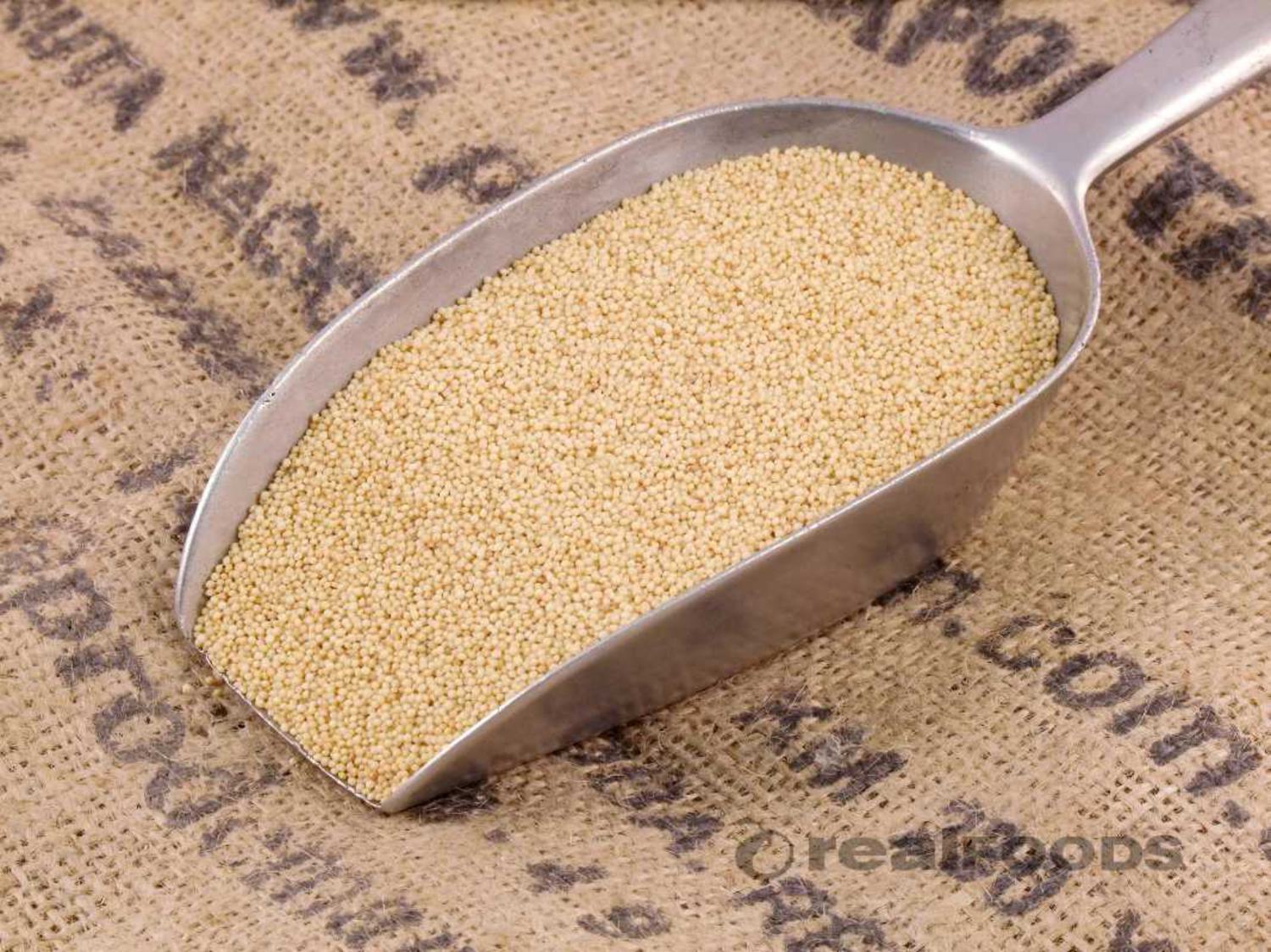
What is it Good For?
Amaranth’s high amount of dietary fibre and potassium makes it an important food for heart health. It helps to balance cholesterol levels, lowering the risk of atherosclerosis. Also it relaxes the blood vessels, reducing the risk of stroke or heart failure.
Adding amaranth grains to the diet helps to promote ocular health because it is rich in vitamin A. It contains beta-carotene, which is an antioxidant that inhibits the development of cataracts.
Amaranth is a gluten free grain that has a host more nutritional benefits. It has more protein than any other gluten free grains (oats are a close second for protein content). It’s an excellent source of lysine, calcium, magnesium and vitamin E. Amaranth is incredibly useful in baking, improving the texture of gluten free bread. It is also an excellent thickener for sauces, soups and stews.
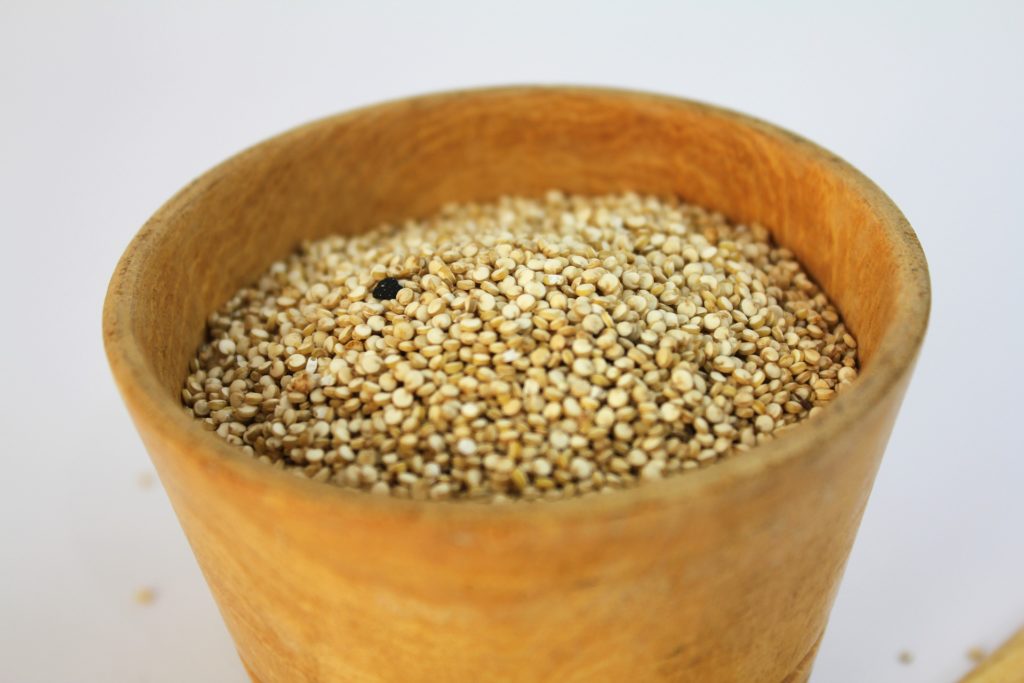
How Do I Use It?
Use in salads, side dishes or main course meals. Amaranth is not only delicious, but it also helps keep the body healthy.
When baking with Amaranth grains be sure not to use more than 25% amaranth flour. This is because it absorbs water easily so will make your baking dense and heavy if you use more.
Barley
Some History
Barley grains contain all the eight essential amino acids and have been cultivated for 1000s of years. In ancient Egypt, barley was pictured on early currency and gladiators in ancient Rome ate barley for endurance and strength.
It’s actually a grass and is used widely in malting and beer making.
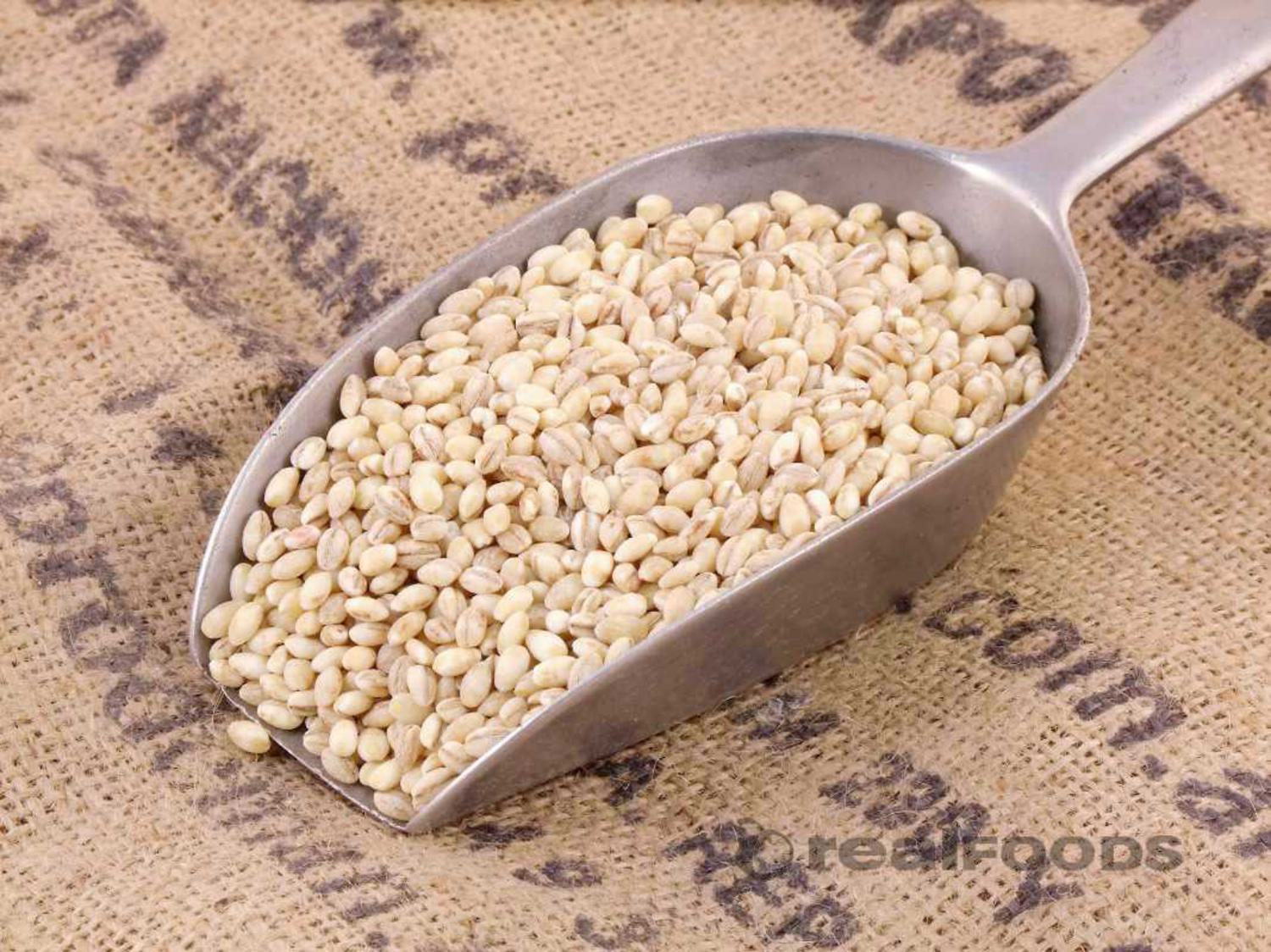
What is it Good For?
Although barley may not be as popular as other whole grains like oats or wheat, it does have some impressive health benefits. Barley provides a range of important vitamins and mineral, it is also a high fibre grain. Compared with many other grains it is higher in fibre and lower in fat and calories. It’s good for regulating blood sugar.
Barley is not gluten free.
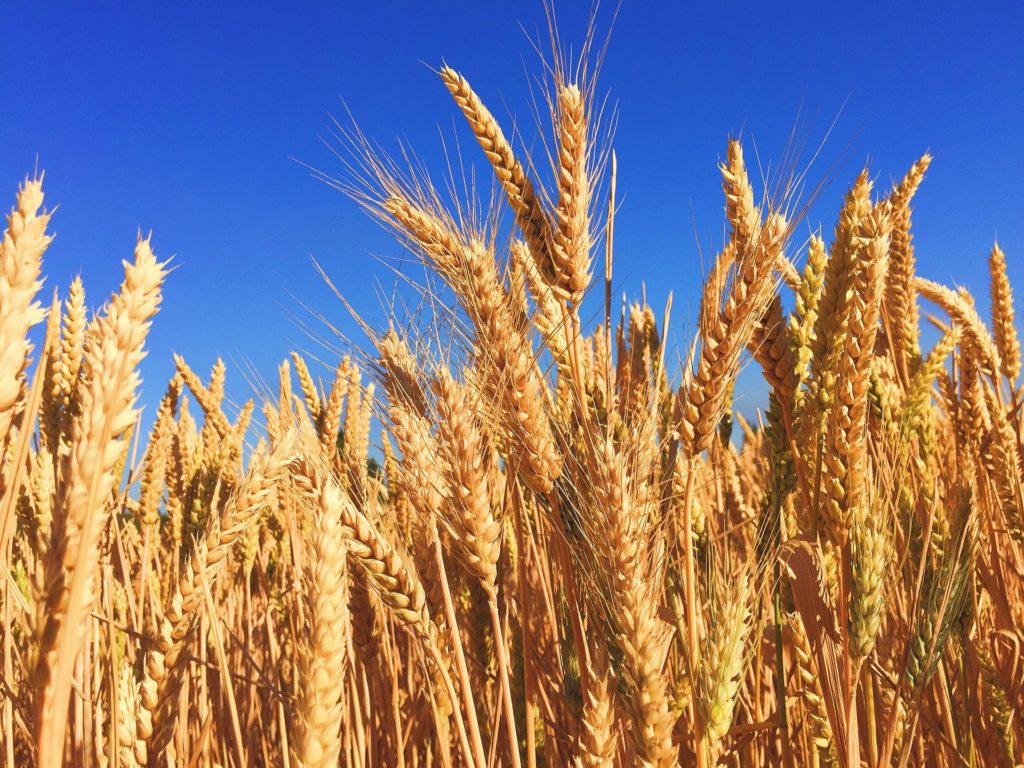
How Do I Use It?
Barley grains need to have the hull removed (it’s inedible). Once removed it’s referred to as Pot Barley (or Scotch Barley, but in Scotland, we usually call it Pot Barley!) It’s one of Scotland’s main cereal crops, far outstripping the amount of wheat and oats grown here. It’s used in Scotch Whisky. When the outer bran layer is removed it is referred to as pearl barley.
Add to soups and stews as a way of thickening, adding flavour and nutrition.
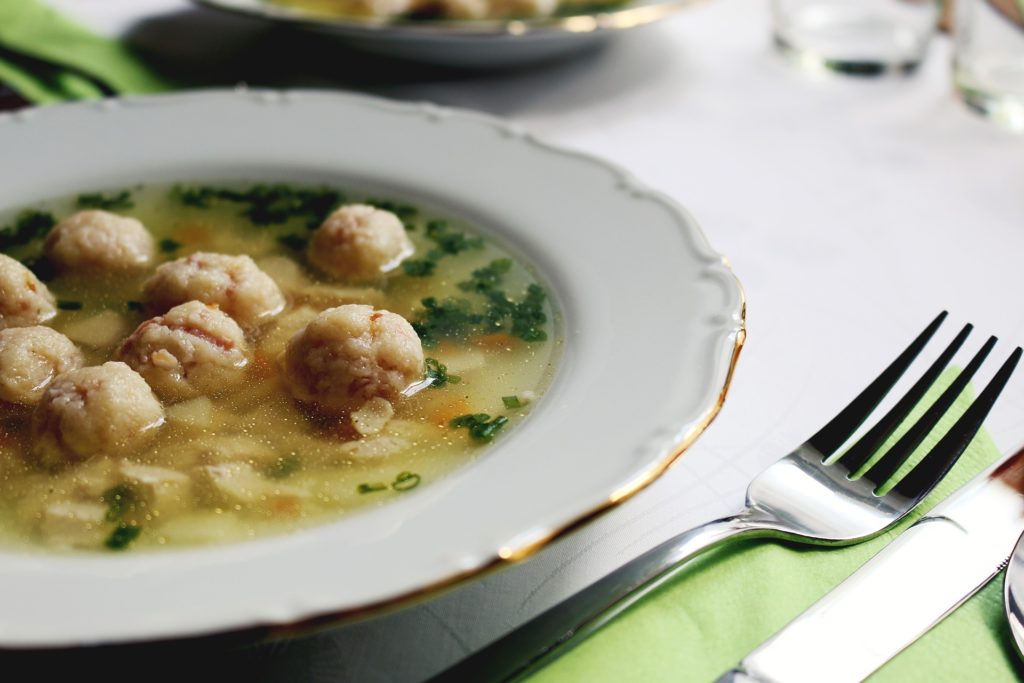
Millet
Some History
Millet is a prehistoric grain and is native to western Asia. When one of the many varieties of millet grains arrived in Europe, it got its name, which meant “cereal” in Old English. It was used as cereal for humans and livestock feed. Millet grains continues to be a staple food in many countries. A highly nutritional grain that worked its way into many recipes as a valuable addition to the diet.
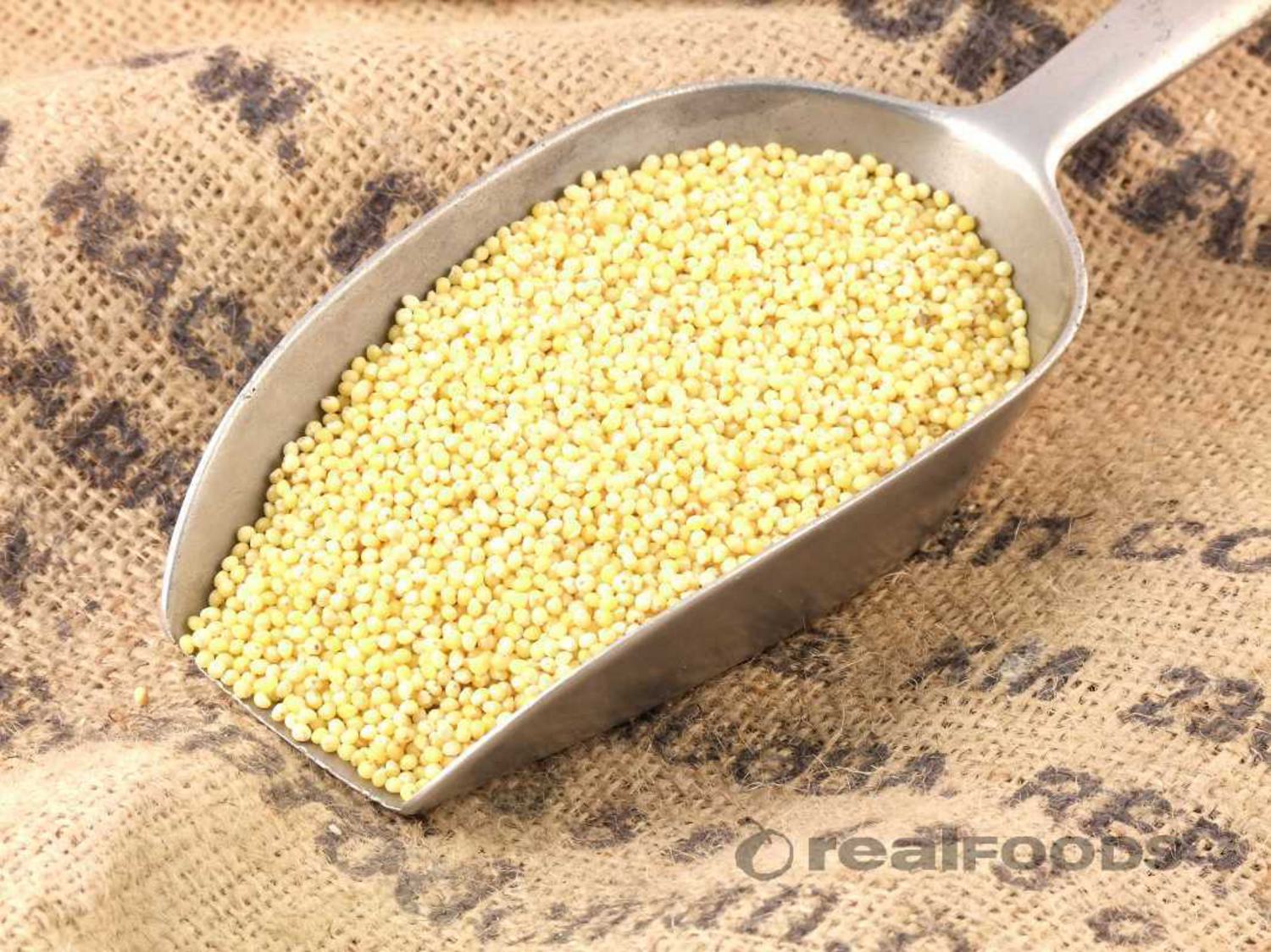
What is it Good For?
The copper and iron content in millet aids in the production of red blood cells; so it reduces the presence of anaemia. While the presence of phosphorus helps in the control of blood pressure. The high magnesium content of millet can help to reduce the risk of Type ll diabetes. The high calcium and Vitamin D content can work to support good bone health.
Millet grains are rich in antioxidants including tryptophan – important in the production of the ‘feel good’ hormone serotonin. It will also provide a good source of B vitamins.
How Do I Use It?
Millet is a mild tasting grass, it’s a great alternative to rice in pilafs, soups and salads. Try the flakes in porridge for a non-glutinous, nutritious alternative.

Oats
Some History
“A grain, which in England is generally given to horses, but in Scotland appears to support the people.” Samuel Johnson.
An oft-quoted remark from a 1755 dictionary which invariably gets the response “that’s why England has good horses, and Scotland – good people!”.
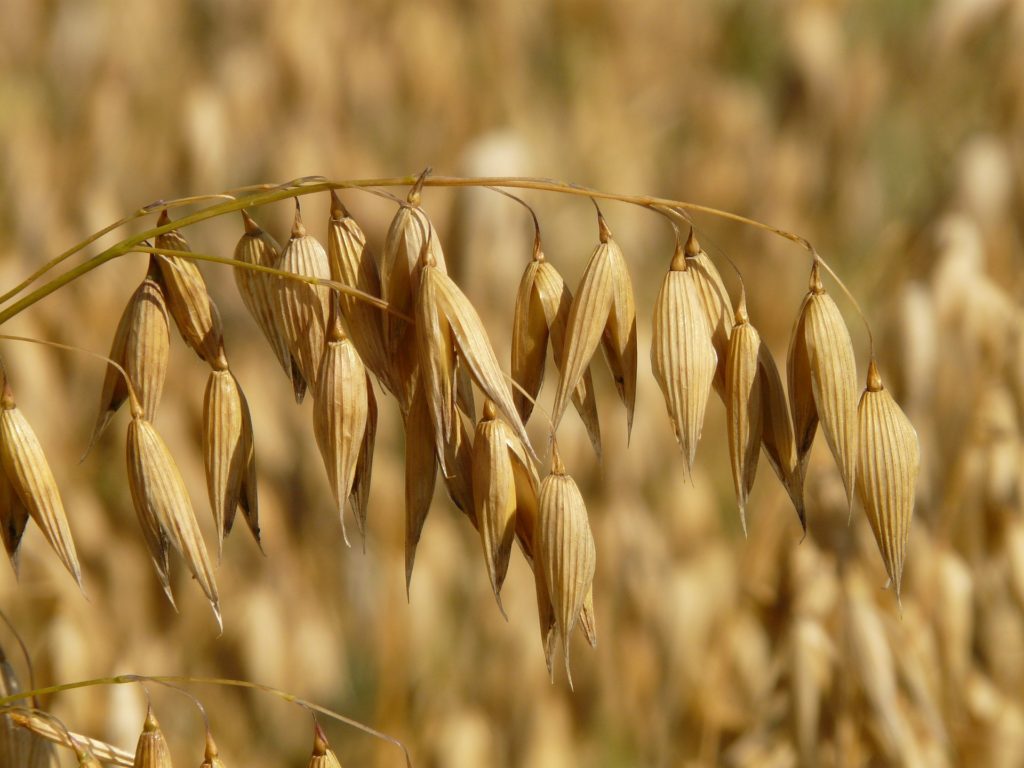
What Are They Good For?
Oats are a rich source of magnesium and contain beta-glucans. These have been linked to a decreased risk of type II diabetes and minimising spikes in blood sugar. Recent experiments show that magnesium deficiency may be linked to depression. Oats are highly nutritious, survive in hardy conditions (that’s why many of ours are locally grown) and can be used in a huge array of recipes.
Here’s our complete guide to all of the different oats available and some suggestions on how to use them.
Whole Oats
Whole oats have a hard outer shell that must be removed before being used for human consumption. Removing this hard outer hull is not simple and you need specialist equipment plus a very helpful miller. If you want to eat whole oats, you need to purchase hulled oats, known as ‘oat groats’.
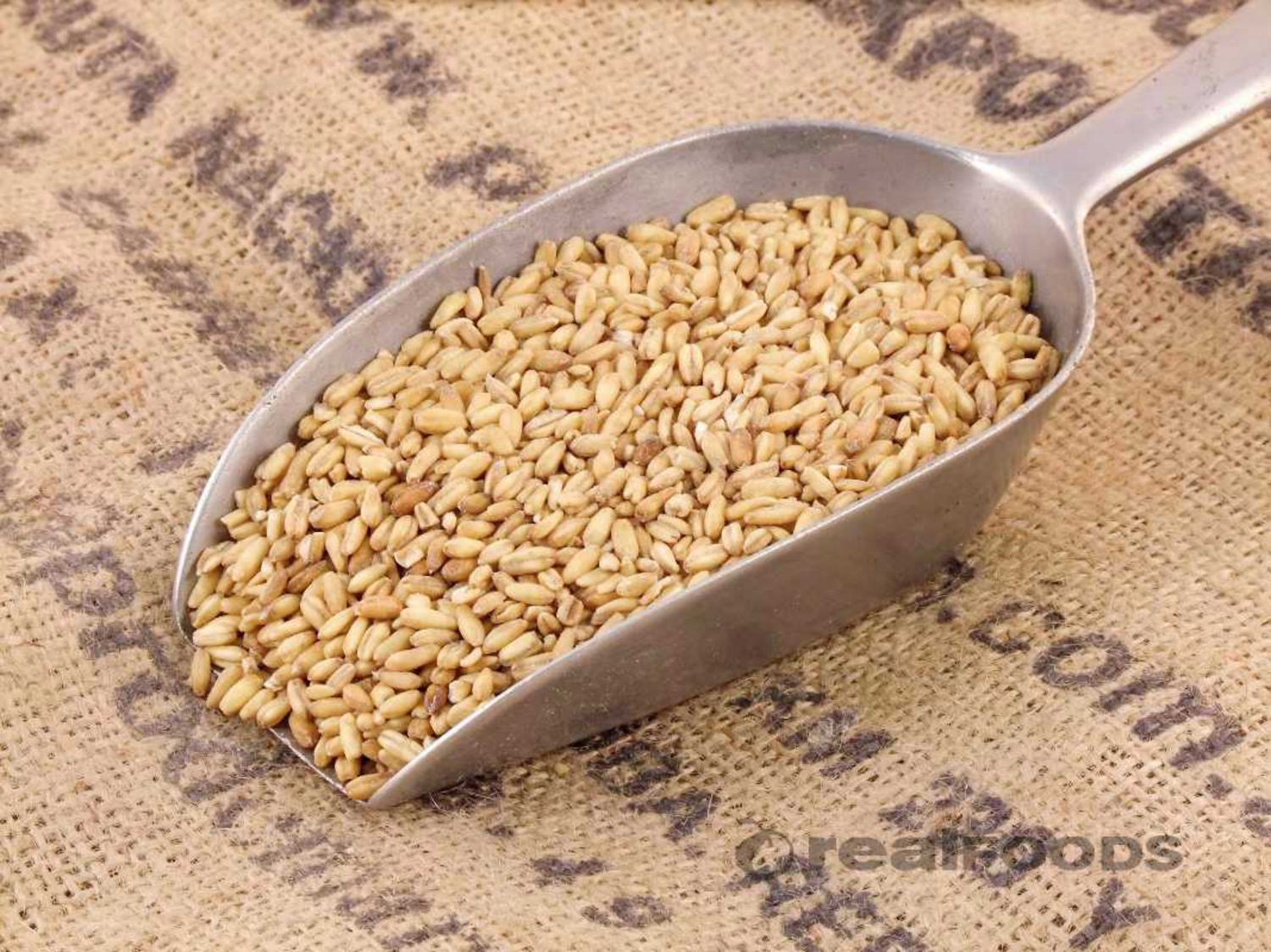
Oat Groats
Oat Groats are the whole oat grain. The hard unpalatable outer hull is removed, but with the kernel’s outer bran layer remaining intact. They look like brown rice, long and thin with a smooth shiny surface. They can be eaten at this stage, but are often processed into other forms of oats.
You can make porridge with oat groats. Soak them overnight and cook on a low heat for 20 to 30 minutes. Delicious, but takes more time than most porridge recipes.
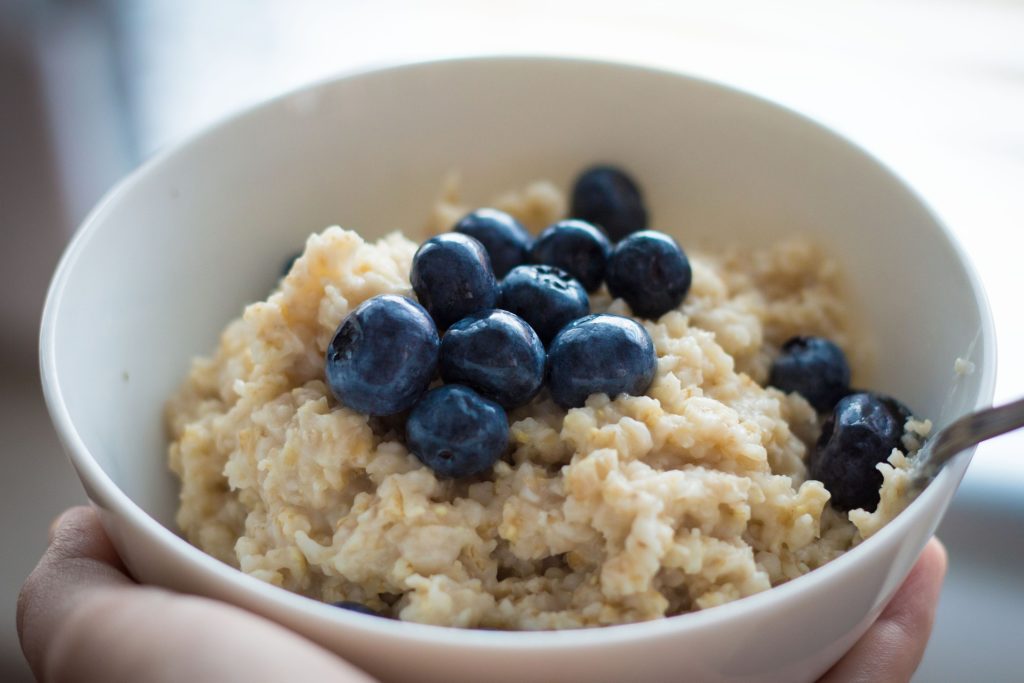
Oat groats are not a raw food as they are heat treated to prevent them going rancid too quickly.
Rolled Oats
Rolled oats are made by steaming groats and flattening them with a roller. There are two varieties of rolled oats.
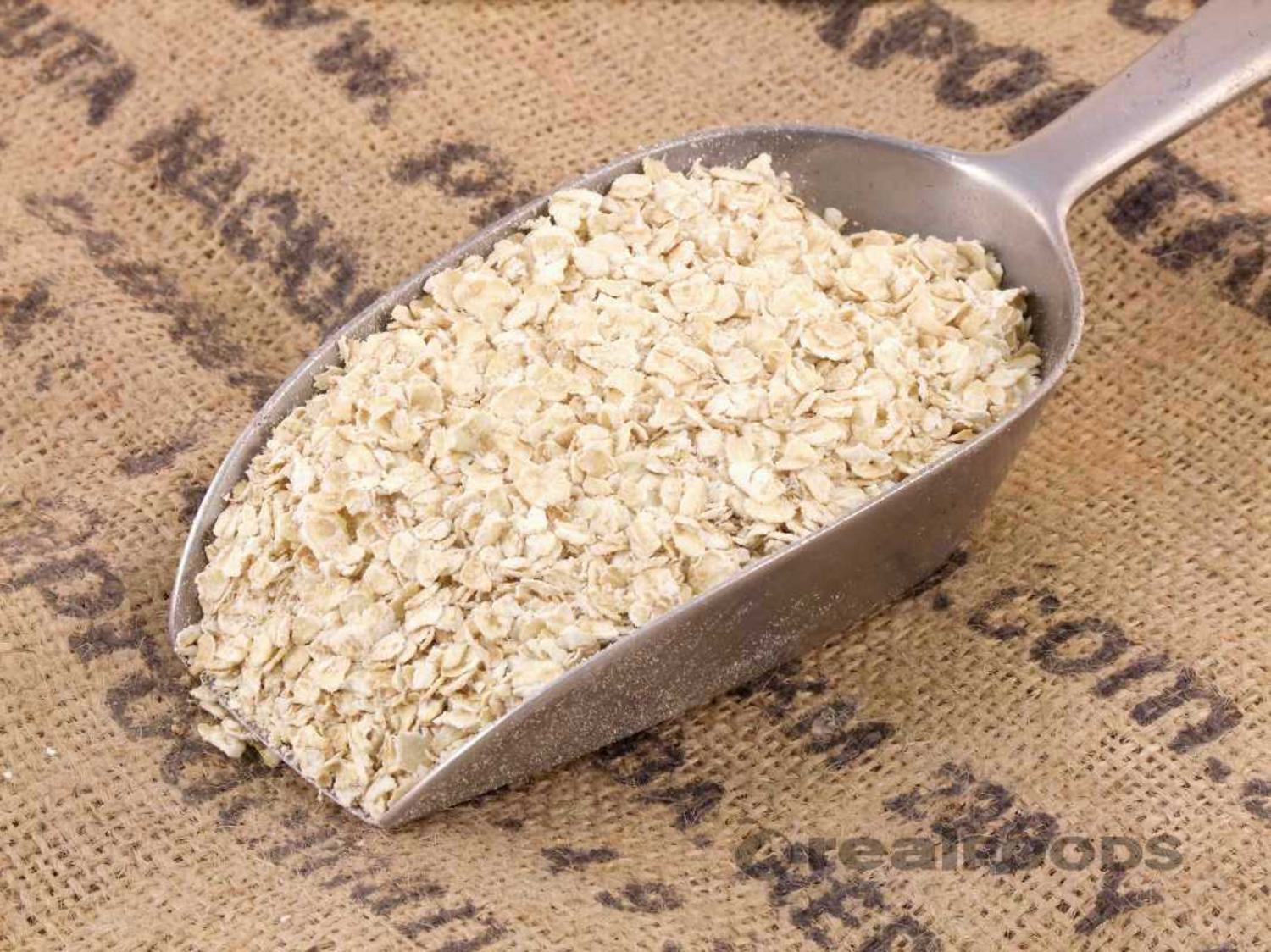
Old-fashioned, or Jumbo Oats are made by first steaming the whole groat for a few minutes, thus partially cooking it, then passing it between rollers to flatten it out. Used extensively in flapjacks, confectionery, bread, cereal bars, muesli, granola and traditional porridge they provide a firm texture.
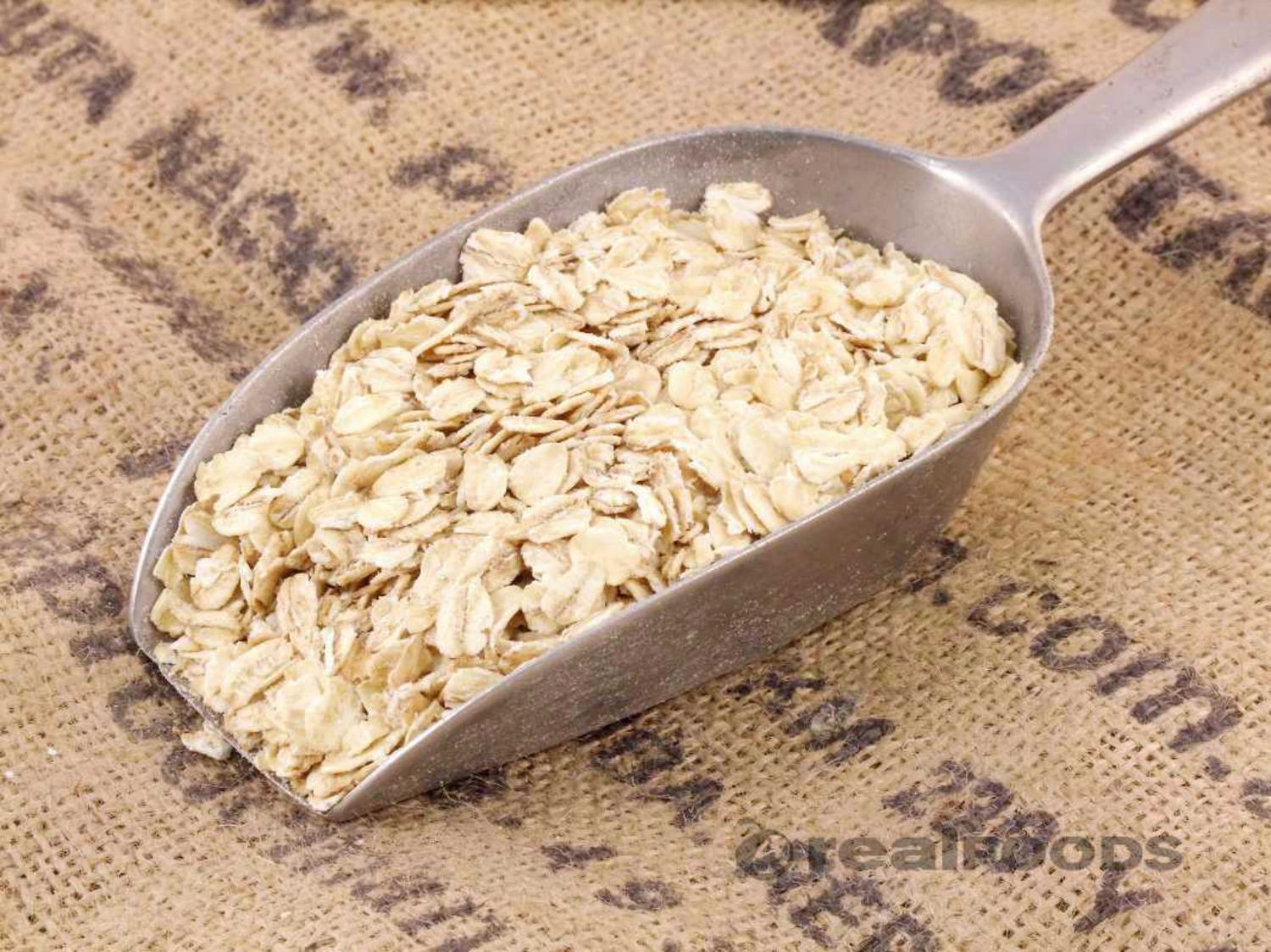
Porridge Oats, Flaked Oats, Quick Oats or Superfast Oats are usually the same type of product and are quick cooking.
A very versatile wholegrain cut oat flake. Ideally suited to the production of porridge, muesli, flapjacks, cakes, biscuits, cereal bars, bread coatings and cheesecake bases.
Oat Bran
Oat bran, made from the outer skin (once the husk is removed) is very nutritious. High in soluble fibre it is used in many products that can claim to reduce cholesterol as part of a healthy diet. It is sold as a topping for home baking or as a healthy eating supplement.
Oat Bran has an exceptionally high fibre content. 50% more fibre than the average bowl of porridge (which is already high in fibre!) This gives you a feeling of fullness. In addition, oat bran blocks the intake of calories from your intestinal tract. This slows down your uptake of glucose and can help keep blood sugar levels low and stable.
Oat Bran can go off quickly, so keep the bran in a sealed container in a cool dark place. To prolong its life pop it in the freezer.
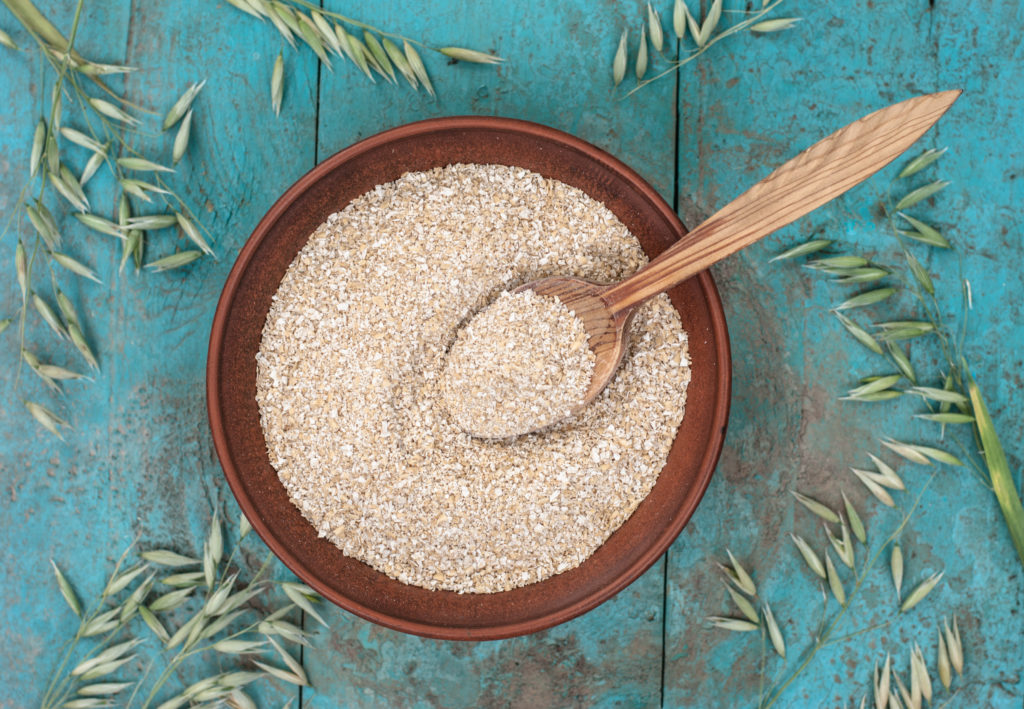
Oat Bran can help keep blood sugar levels low and stable and is a great source of dietary fibre.
Oatmeal
Oatmeal comes in different grades. Pinhead oats or coarse oatmeal is sometimes called Scots, Irish or rough oatmeal. Made by passing groats through steel cutters which chop each one into three or four pieces. They still contain the whole grain including the oat bran, so are very nutritious. They have not been steamed or rolled so they take longer to cook (think an hour rather than ten minutes). However, they are not raw as oats are heated to ensure they don’t go rancid.
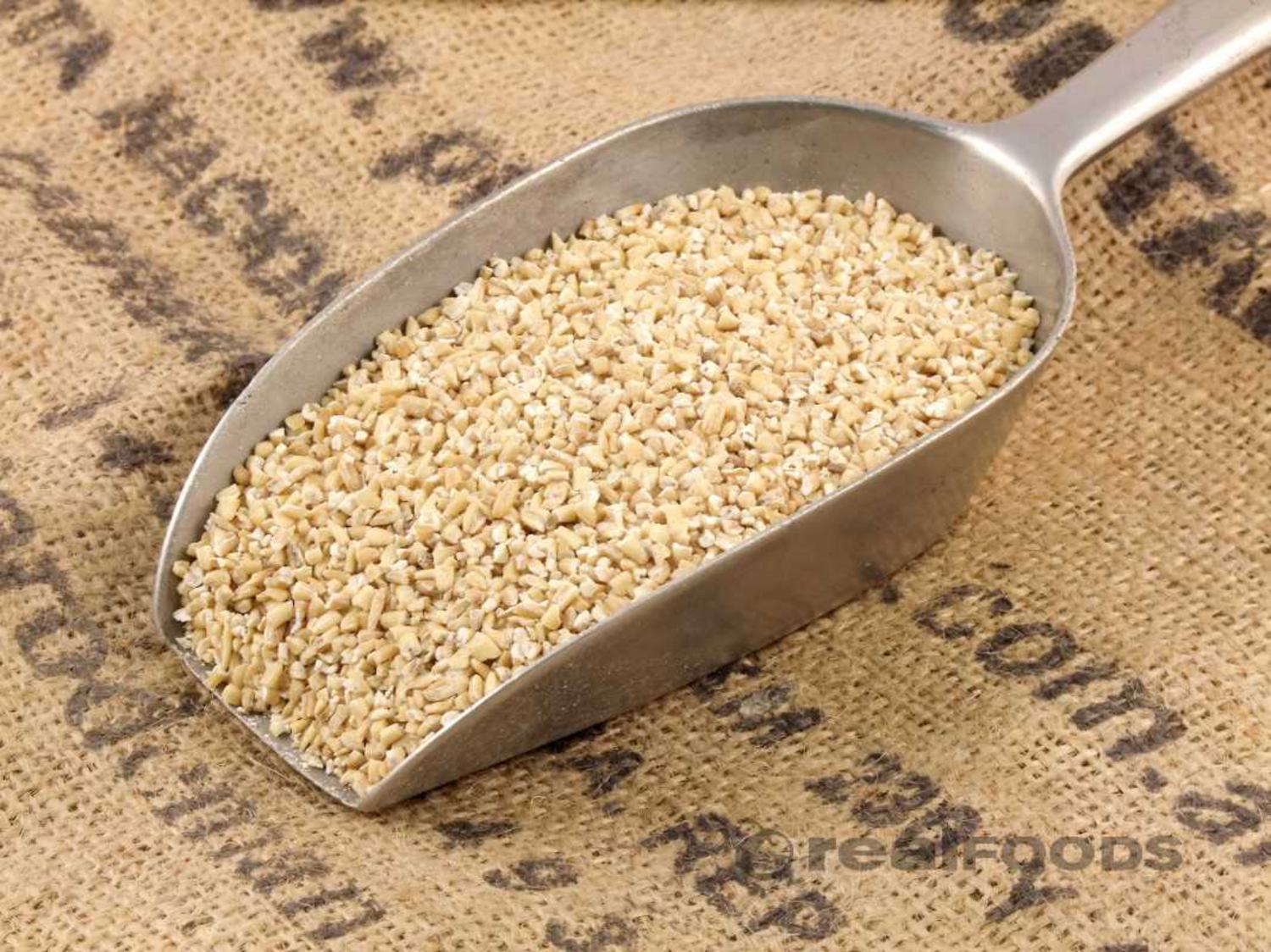
Medium oatmeal is made in the same way as pinhead but the pieces are smaller and finer. Popular for making porridge and parkin. It has a smaller granular texture which can be used to coat foods before cooking. It is good in stuffing, oatcakes and crumble toppings.
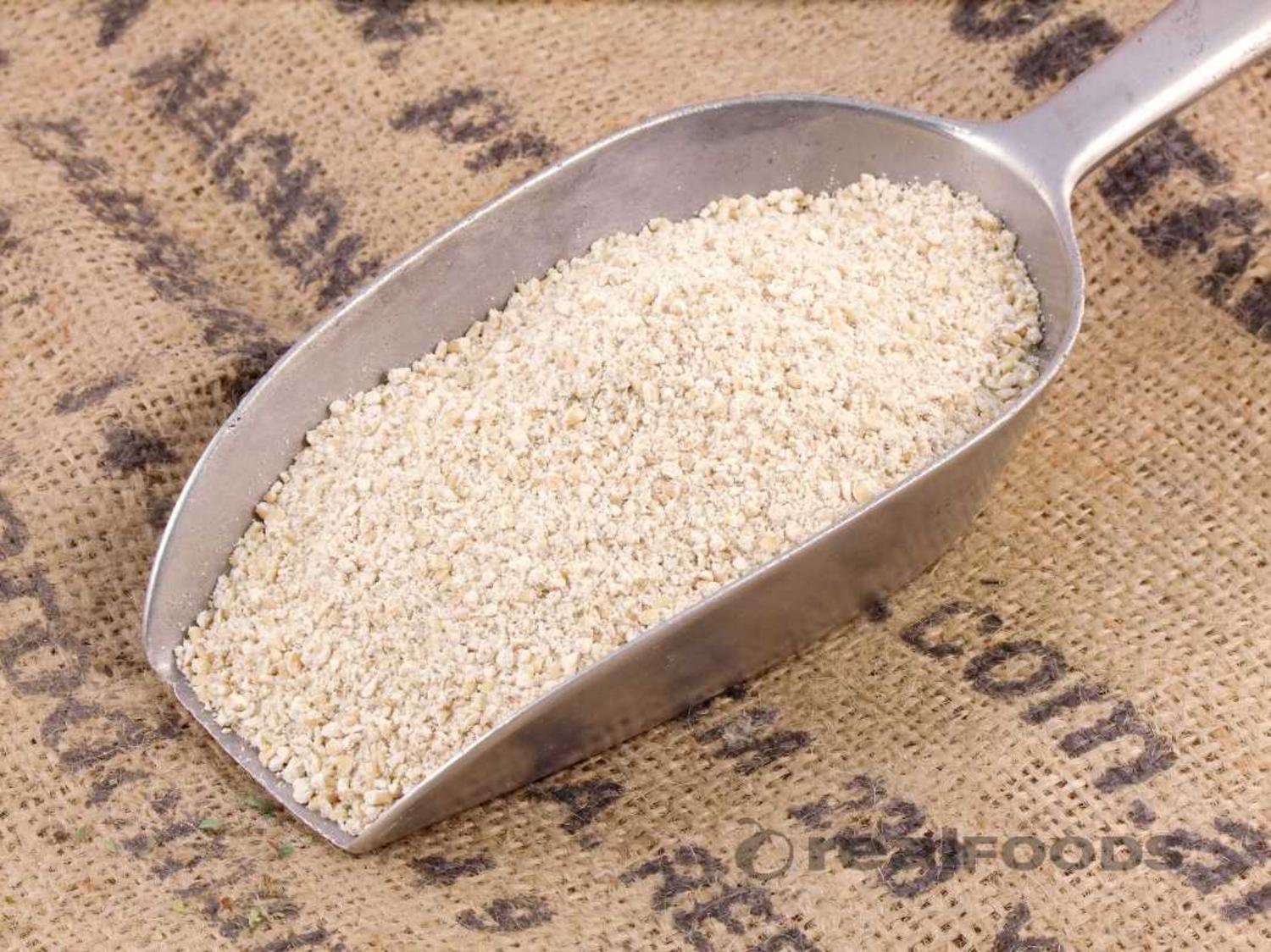
Fine Oatmeal is the finest grade of whole grain oats. Its fine smooth texture make it ideal as a thickening agent, or when mixed with wheat flour will produce biscuits, bread products, cakes and other pastries.
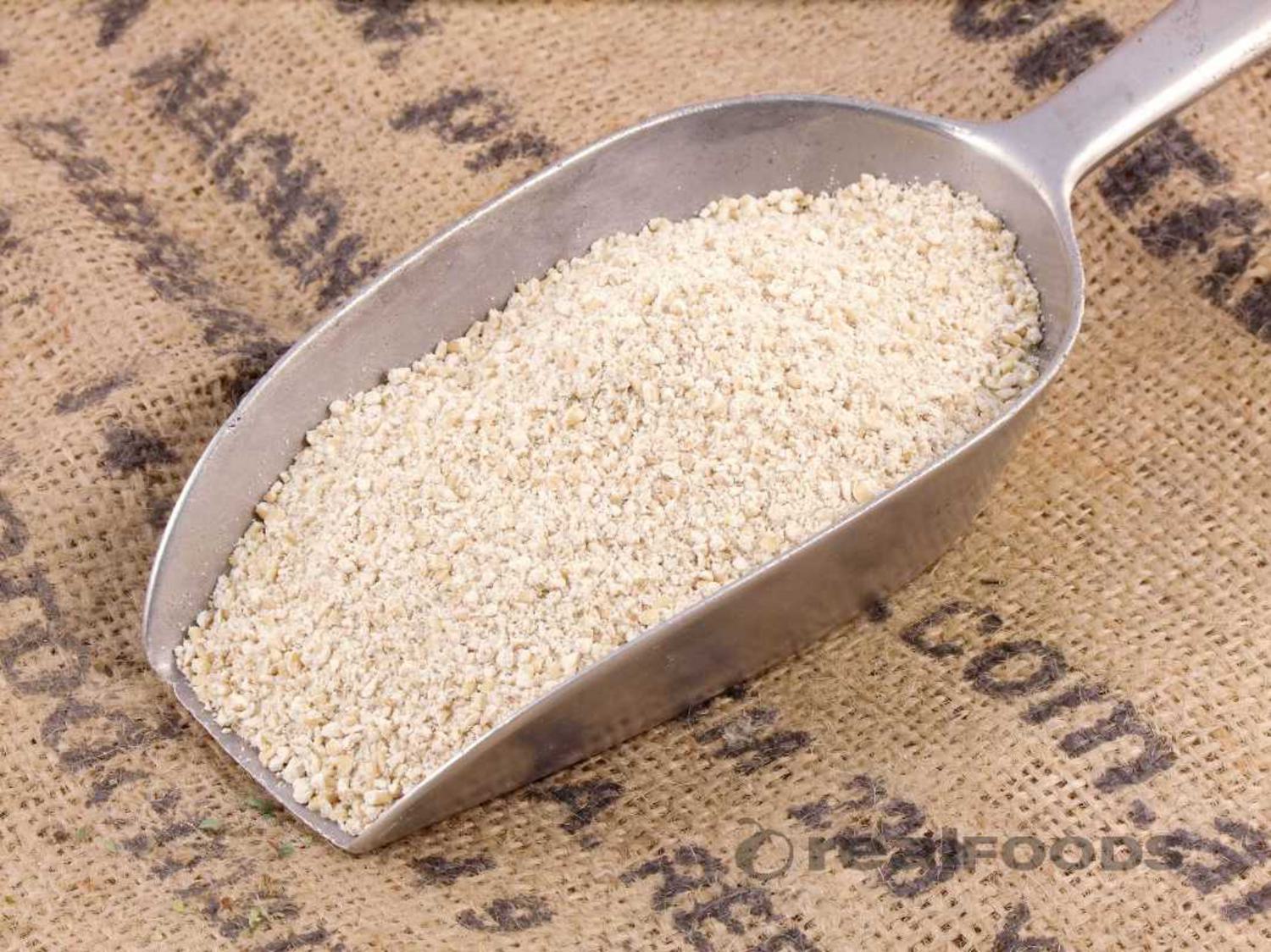
Buy it online without plastic packaging at Realplasticfree.com
Gluten Free
Oats are naturally Gluten Free but as they are frequently in contact with wheat, rye or barley, whether in growing, milling or processing, they are not suitable for coeliacs or people avoiding all gluten.
Popping Grains
A surprising number of grains can be popped, including amaranth, quinoa, millet, sorghum and the famous one… corn. To pop them yourself, simply heat up a heavy based pan over a medium heat, add a tablespoon at a time and shake the pan back and forth until they’ve popped. Doing more than that at a time may well result in burnt grains, so a little at a time is best.
Popped grains can be eaten as a breakfast cereal with milk or a milk alternative. You can also try adding different flavourings (a little salt or a little honey perhaps)

Buy your own popping corn online at Realplasticfree.com and have a plastic-free movie night.
Quinoa
Quinoa (pronounced KEEN-wah) is a pseudo-cereal, a seed rather than a grain, but it is prepared and consumed like a grain. The seeds are flat, oval-shaped and usually pale yellow, although you can also buy red or black quinoa.
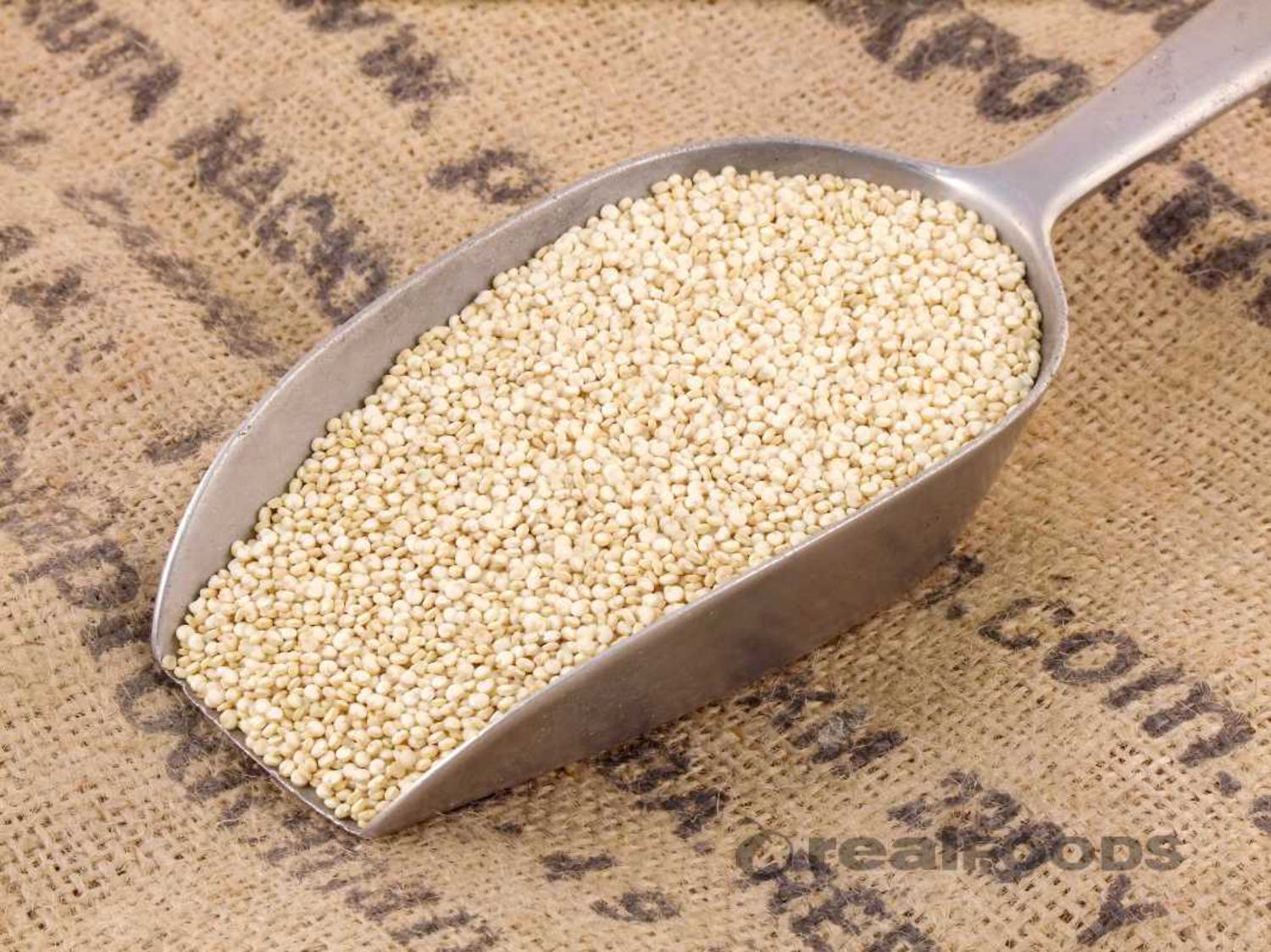
What is it Good For?
Higher in nutrients than most grains quinoa has a crunchy texture and nutty flavour. It is gluten-free, so it can be enjoyed by individuals who are sensitive to gluten or wheat and has been shown to increase the nutrient and antioxidant value of gluten-free diets.
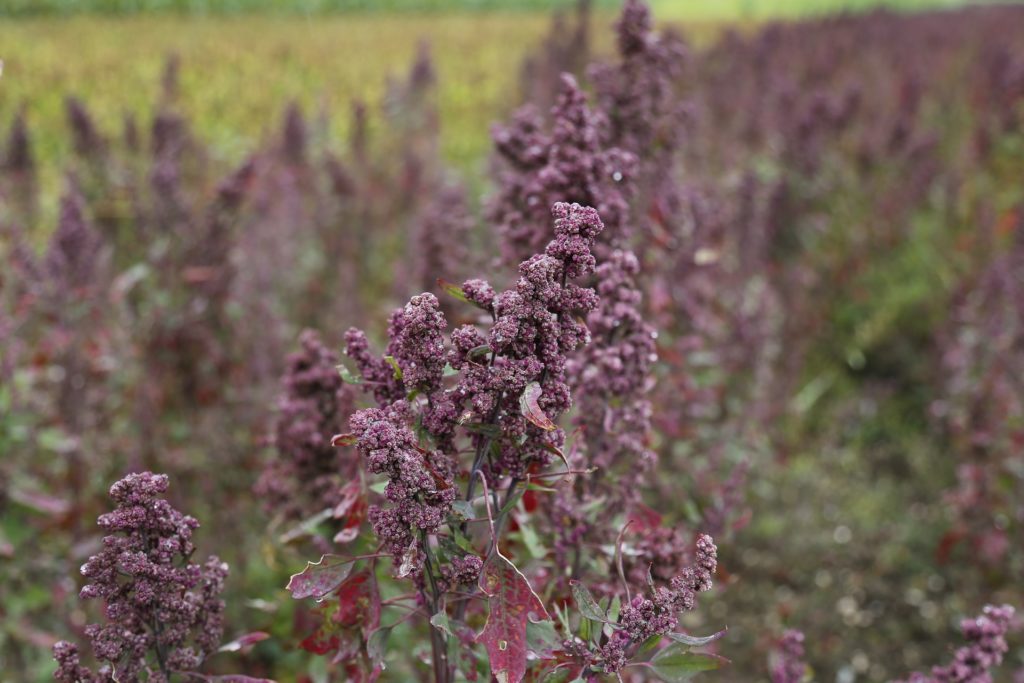
The carbohydrates in quinoa consist mainly of starch, insoluble fibres and small amounts of sugars. It also contains some resistant starch, which escapes digestion and feeds the friendly gut bacteria.
Relatively high in protein compared to other grains, it is a complete protein, providing all the essential amino acids needed by the human body. It is also a good source of several minerals, including manganese, phosphorus, copper, folate, iron, magnesium and zinc.
Including quinoa in your diet may reduce blood cholesterol, blood sugar levels and triglycerides. It has a smaller impact on blood sugar levels than other gluten-free foods. Being high in protein and fibre quinoa has a relatively low glycaemic index value making it a weight loss friendly food.
An excellent food for babies.
How Do I Use It?
It is usually boiled and consumed as a side dish, as a breakfast porridge, added to salads, or used to thicken soups. The seeds can also be sprouted, ground and used as flour, or they can be popped like popcorn.
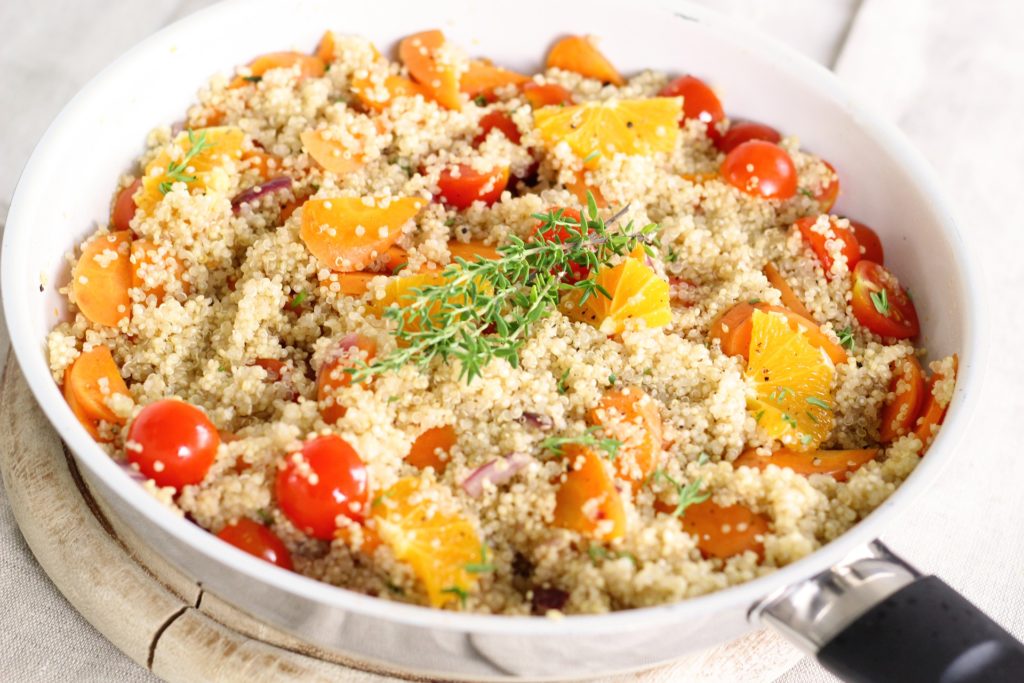
Here are realplasticfree.com we have three different kinds of whole Quinoa, Quinoa, Red Quinoa and Black Quinoa.
Rice
Some History
One of the oldest grains, rice is believed to have been grown for at least 5000 years. It is a staple food for more than half of the world’s population.
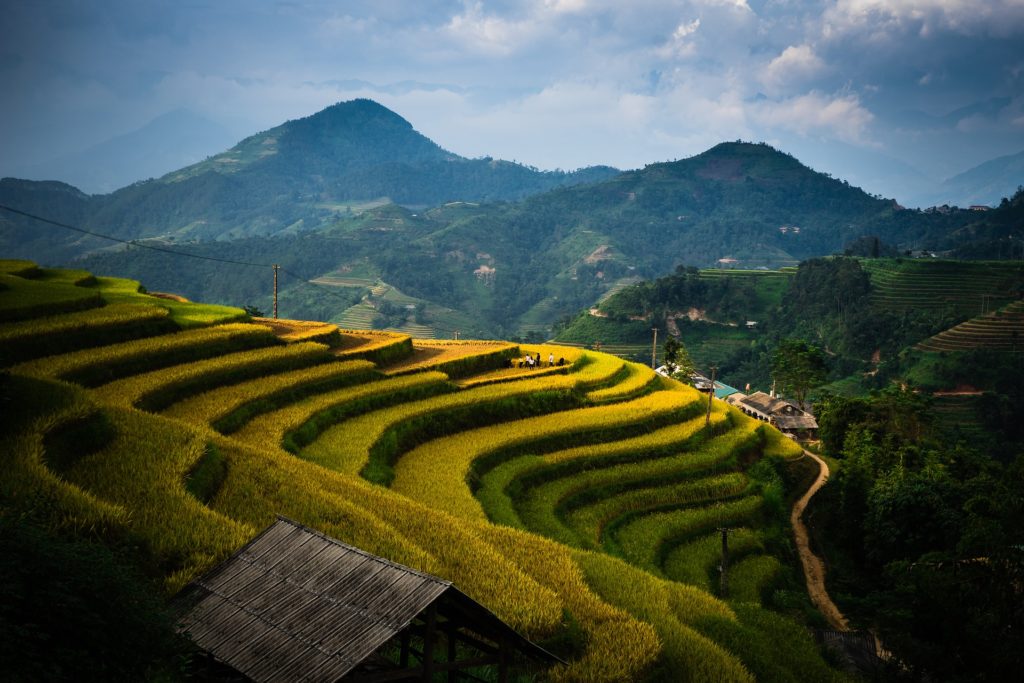
A view of typical terraces of rice paddy fields.
There are 2 main types of rice, unmilled rice (this is when only the outer husk is removed), milled rice (the husk, bran and occasionally germ layers are removed). Par-boiled rice (easy cook) is somewhere between the 2 and is steamed prior to the outer husk being removed or any milling.
Unmilled rice comes in a variety of shades, the most common are brown and black rice, but rice with purplish or reddish tones is also available.
Milled rice is white rice. This is the white kernel that is exposed in milling.
White rice is the most commonly consumed type, but brown (wholegrain) rice is becoming increasingly popular due to its health benefits. Rice is mainly composed of carbohydrates and the sticky varieties such as risotto, or pudding rice may cause spikes in blood sugar due to their quick digestion. Rice that tends not to stick together in cooking, such as basmati, is high in Amylose which slows down the digestion of starch making it less likely to cause unwanted blood sugar spikes.
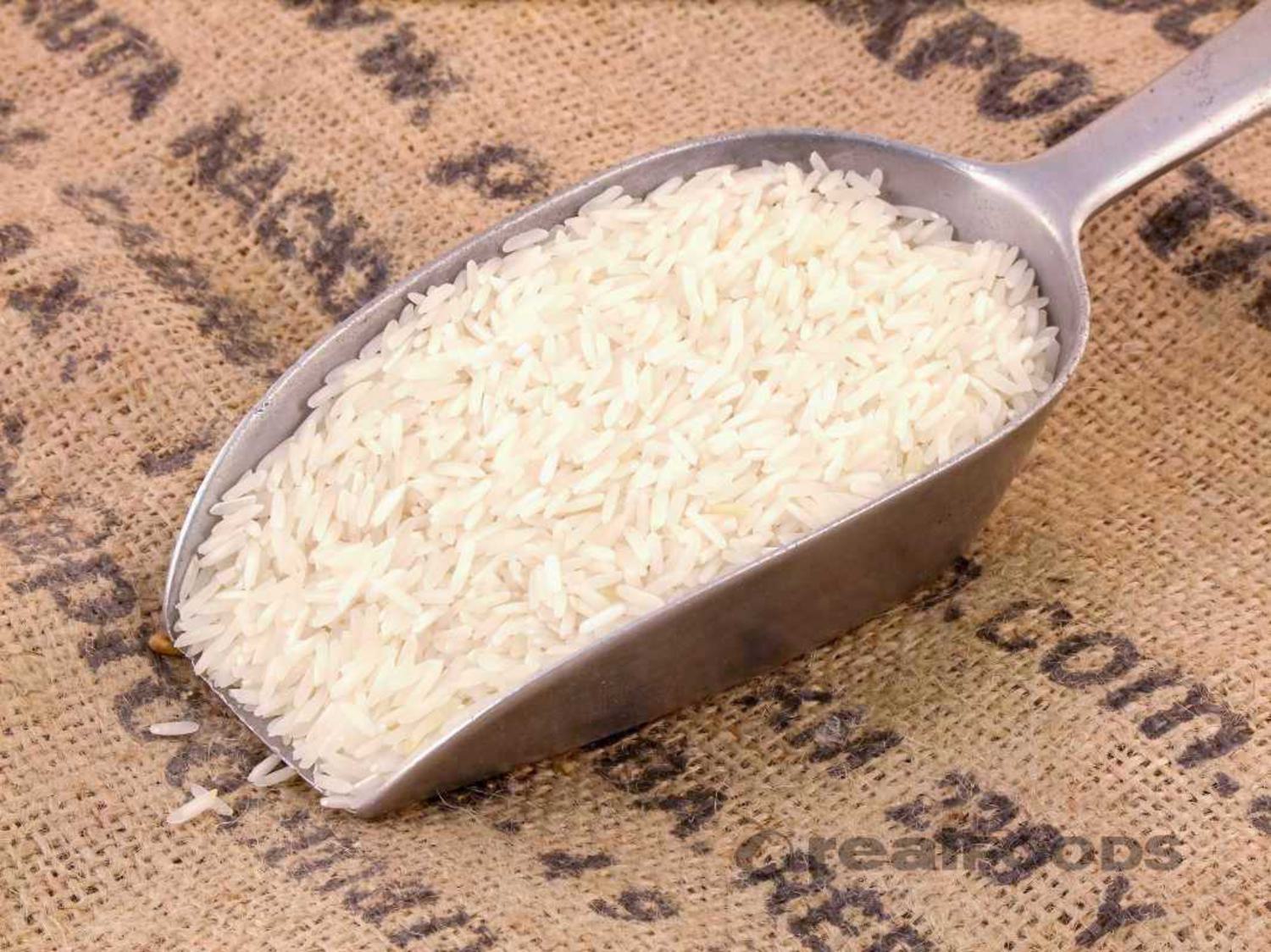
What is it Good For?
White rice contains virtually no fibre, whereas brown rice is a good source. Both types may also contain varying amounts of resistant starch, which may promote colon health.
Brown rice is generally considered much healthier than white. This is because rice is generally a poor source of vitamins and minerals but considerable amounts may be concentrated in the bran of brown rice. White rice is also a poor source of antioxidants and other plant compounds. However, the bran of brown rice may be a good source of ferulic acid, lignans, and phytic acid. Brown rice contains several heart-healthy nutrients, so it may help prevent heart disease.
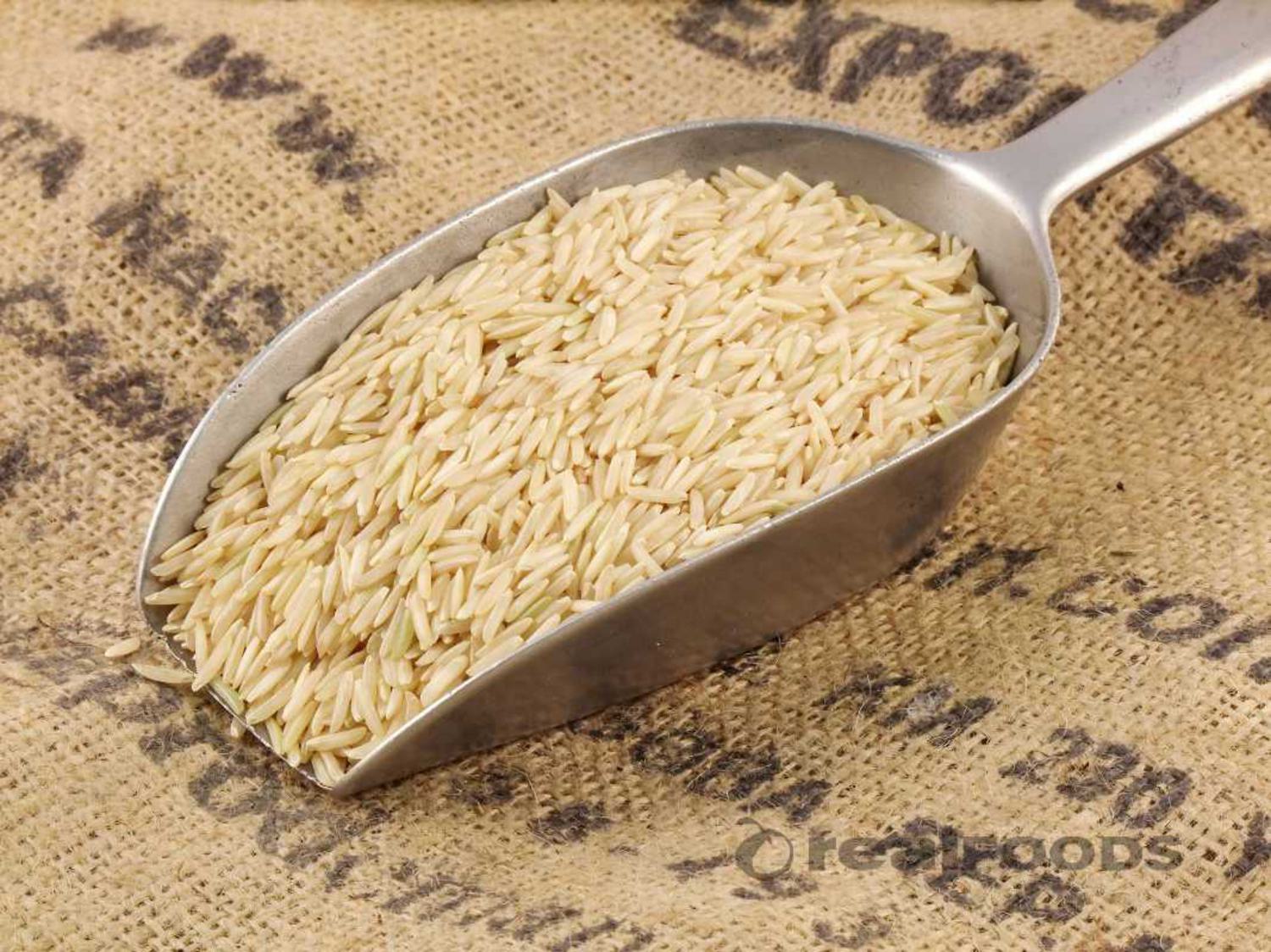
The bran of brown rice may be a good source of ferulic acid.
How Do I Use It?
Try Red Camargue Rice for a distinctive dish, its red colour, firm texture and nutty flavour will make any salad much more interesting and it’s great as a side dish to add colour to a feast.
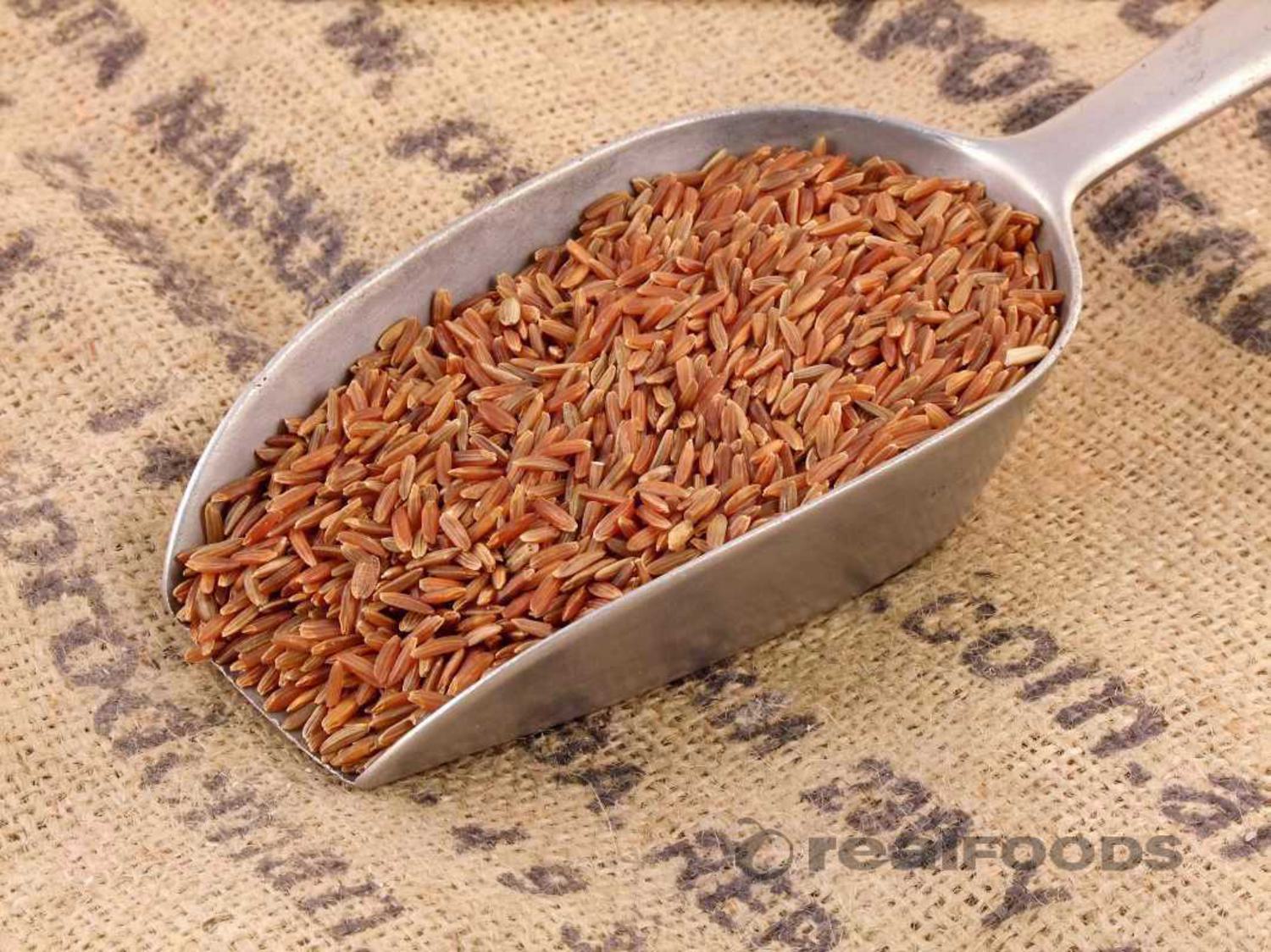
Wild Rice (technically speaking a grass) is a great addition to salads and side dishes to provide colour and texture. Wild rice usually takes around 45 minutes to cook but you can cut the cooking time by more than half if you use our pre-roasted Wild Rice 20min Cook variety.
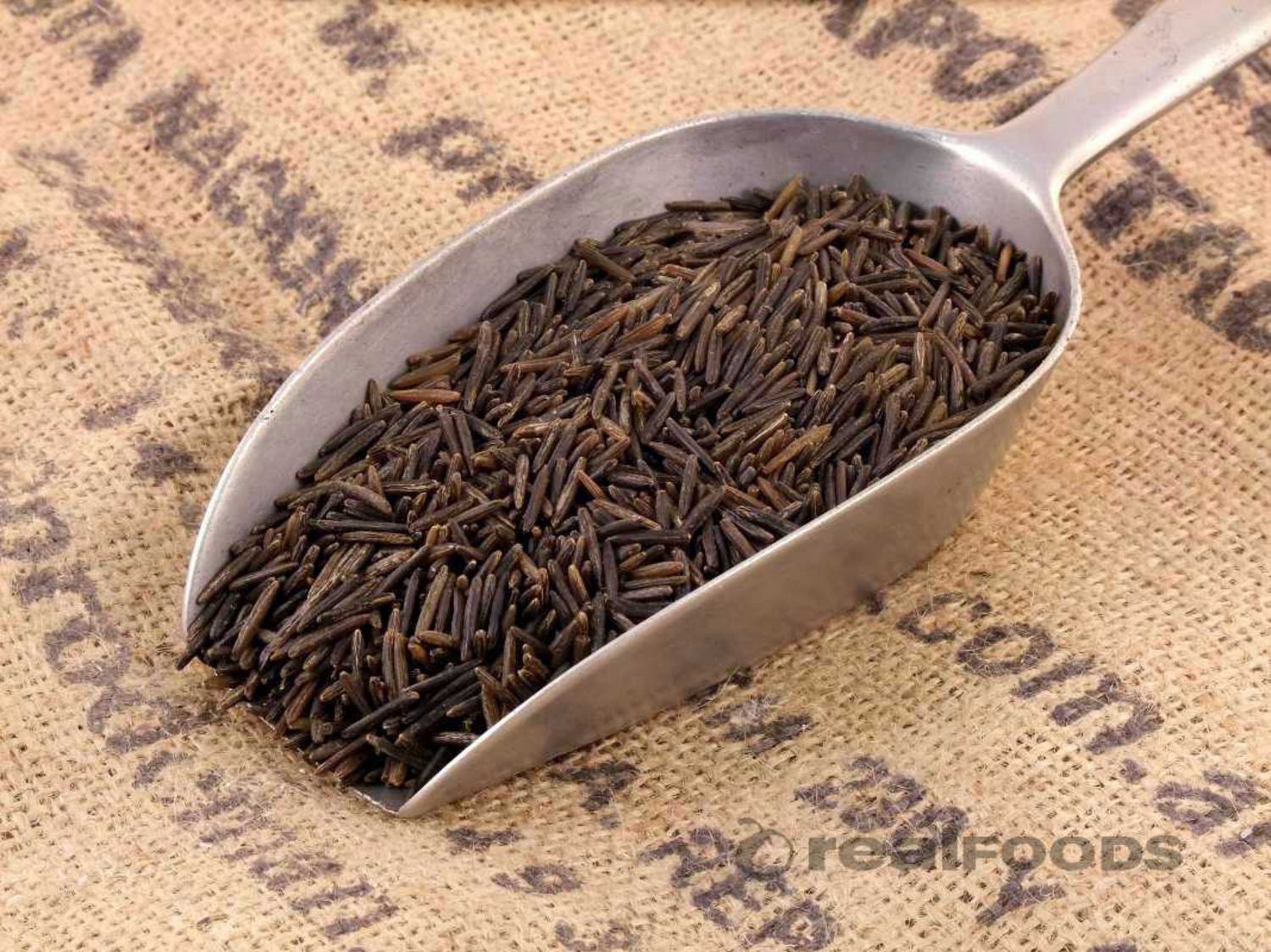
Rye
Some History
Rye grain is of the wheat tribe (Triticeae) and is closely related to barley and wheat. Extensively cultivated by the Romans, it is now mostly grown in Turkey. It has many of the same uses as wheat with the added bonus of being very important in the production of whisky!
What is it Good For?
Rye is brilliant at satisfying hunger pangs and because of the large molecules it is made up of, it is digested more slowly than wheat meaning that you feel fuller for longer and that there will be less of a spike in your blood sugar after eating. Rye is being studied for its effects on lowering blood sugar levels and lowering cholesterol. It can also help prevent gallstones from developing.
Rye contains gluten, so it is not suitable for coeliacs or people with gluten intolerances.

How Do I Use It?
Sprout to eat in salad or add to muesli. Alternatively grind for fresh rye flour for baking.
Wheat
What is it Good For?
Wholegrain wheat is a rich source of fibre, which may have positive effects on digestive health and may help to cut the risk of colon cancer.
Carbohydrates are the main nutritional component of wheat, however, it does also contain decent amounts of protein. This is mainly in the form of gluten, which may have adverse effects in people with coeliac disease or gluten sensitivity.
Wholewheat may be a decent source of several vitamins and minerals, including selenium, manganese, phosphorus, copper, and folate. Wheat bran (present in whole wheat) may contain a number of healthy antioxidants, such as alkylresorcinols and lignans.
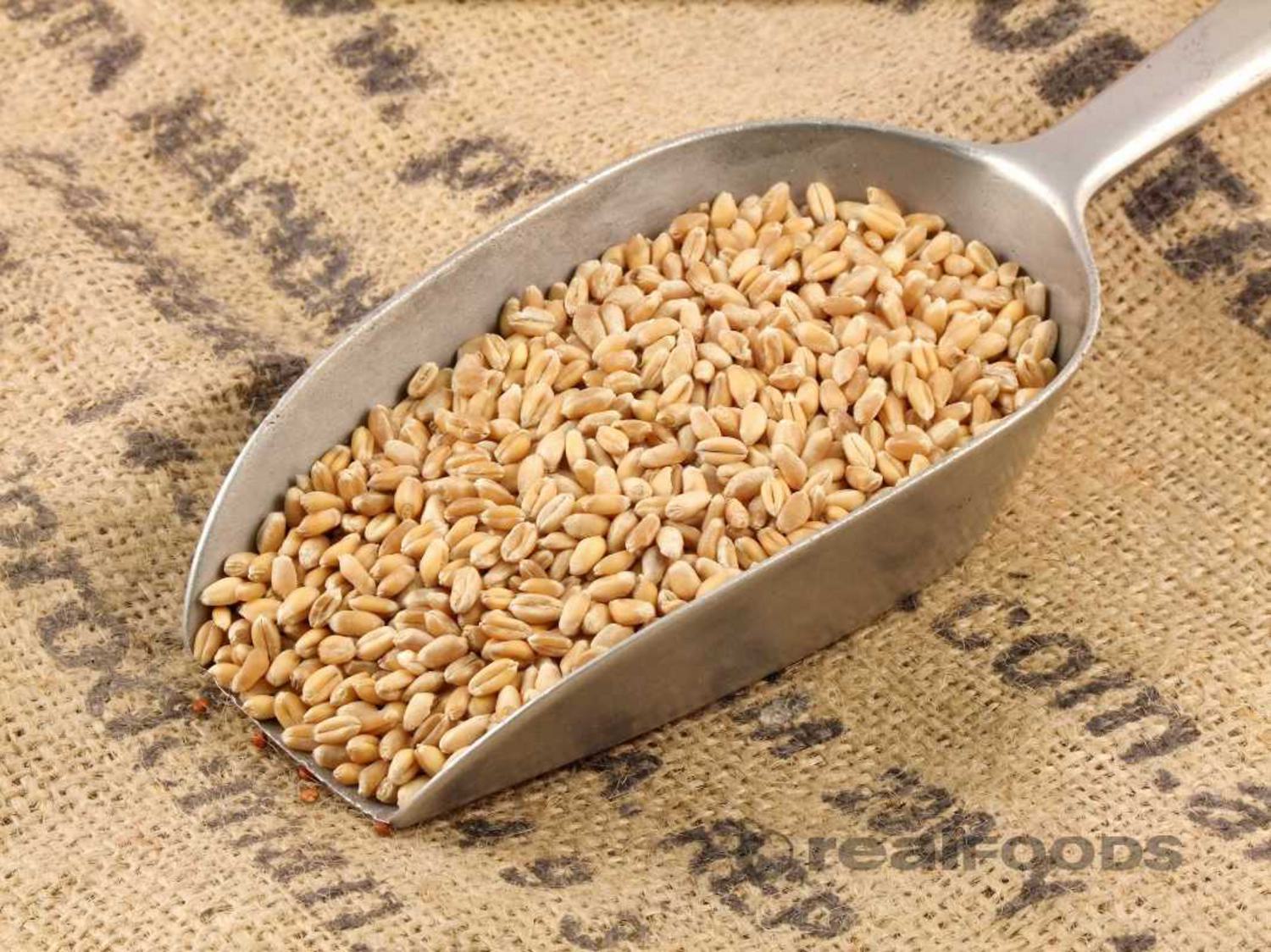
How Do I Use It?
Raw wheat can be ground into Flour or (hard durum wheat only) crushed into Semolina, crushed into cracked wheat or (removing the bran) turned into bulghar. It’s added to a huge array of baked and processed dishes.
For grinding into flour, sprouting or cooking with our Wheat Grain is extremely nutritious and tasty, retaining the goodness of the wholegrain
Khorasan Wheat is sold under the trademark Kamut and is around twice the size of modern-day wheat and has a delicious nutty flavour. Some studies show that people with a low allergy to wheat can tolerate Kamut better than other varieties, it has also got a low glycaemic index making it particularly suitable for diabetics.
Bulgur is partially cooked wheat, the main ingredient in tabbouleh it’s very popular in India as a convalescent food, being easy to digest and add wholegrain fibre to your diet.
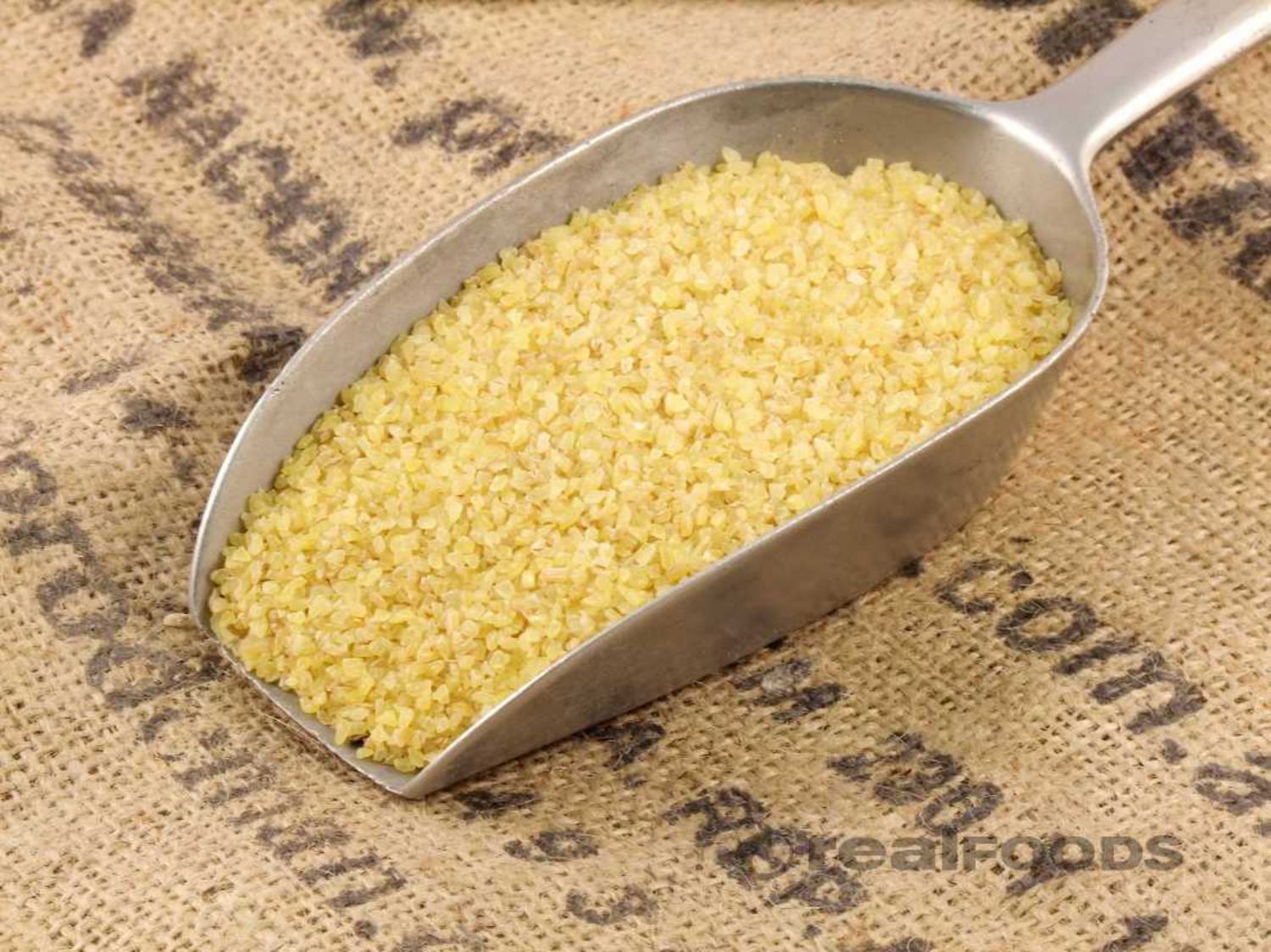
Coarse, Medium and Fine.
Real Foods Organic & Essentials Ranges
Packed on site at Real Foods Edinburgh store for freshness and allow more flexibility in pack sizes, Real Foods pre-packs are a great buy.
The whole range that we sell is carefully packed in cellulose bags which Real Foods have been using for years. So you can buy them and enjoy them knowing that they are not costing the earth.
Our Organic range is all Soil Association certified and the labels bear the Soil Association logo – guaranteed 100% organic and GMO-free. Real Foods is licensed by the Soil Association to pack these products so you can buy them with confidence knowing that Real Foods comply with Soil Associations standards.
The Essentials range is not organic; however, it is GMO-free, top quality and great value for money.
Save money by buying larger sizes
With both the Essentials and Organic ranges, the more you buy the less you pay per 100g.
You can buy products from both ranges in many different weights in the Real Plastic Free shop, the minimum typically being 100g and the maximum being 1kg.
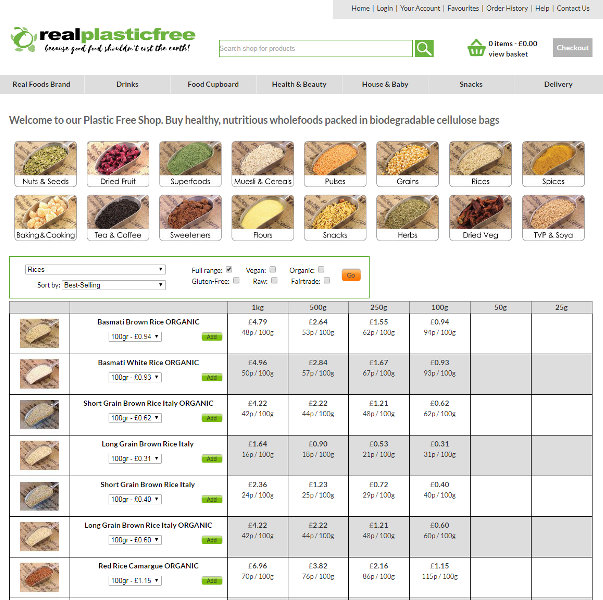
Take a look at any of these products on our website and you will see the pack sizes available for you to buy.

